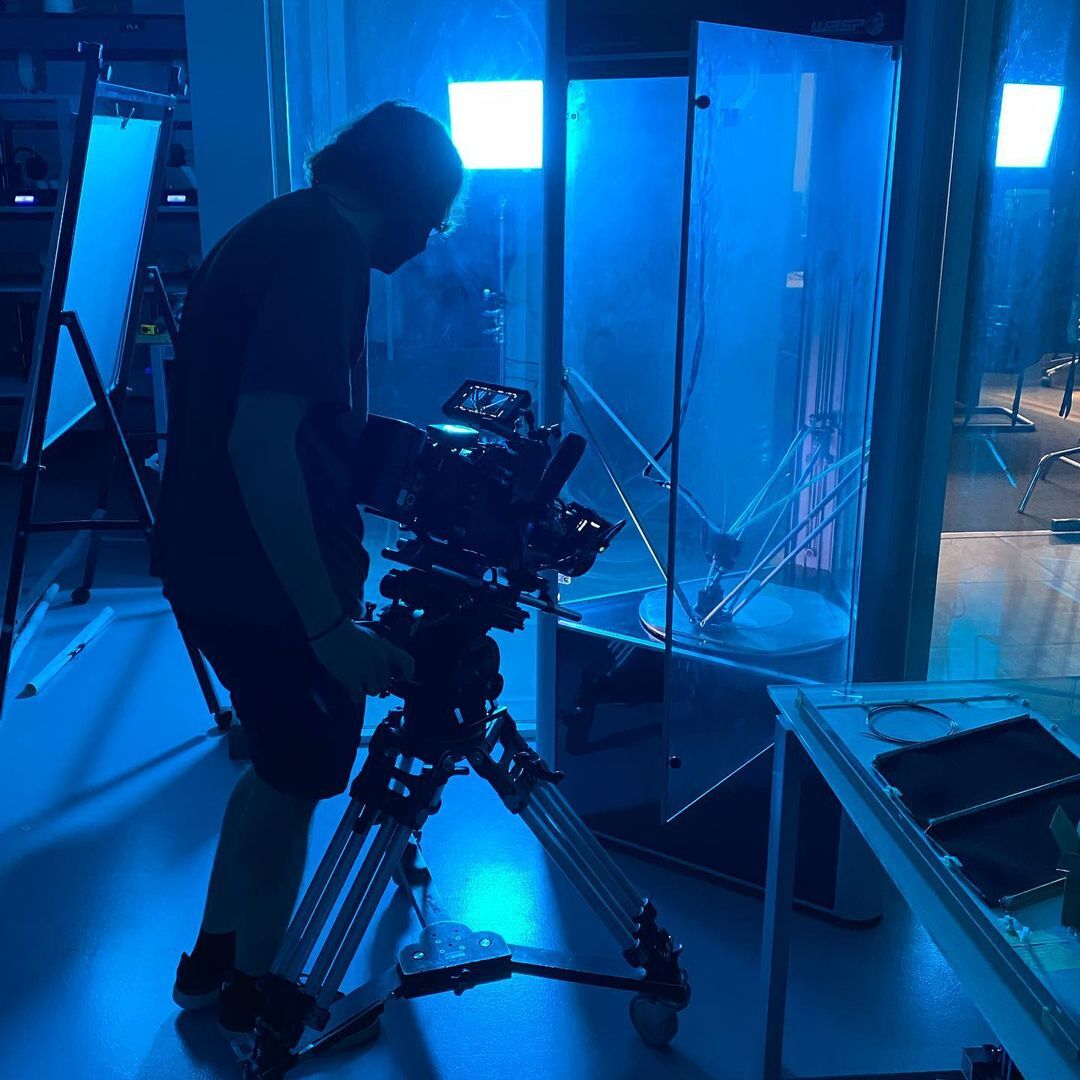FDM Vs SLA: Which One Is Right For You

In recent years, the 3D printing industry has gone through vast changes and gained popularity. 3D printing machines are no longer only for enthusiasts; it has become a go-to tool for prototyping and product development. Due to the fabricating nature of 3D printing, its use case has spread across many industries such as dentistry, engineering, jewelry, automotive, and a variety of other industries.
What is FDM 3D Printing?
“FDM” also known as Fused deposition modeling is popular among 3D printing enthusiasts. FDM 3D Printers operate by projecting thermoplastic filaments, like “PLA” (Polylactic Acid) or “ABS” (Acrylonitrile Butadiene Styrene) via a heated nozzle, by melting the material and layering it onto a build platform. The nozzle applies each layer one by one until the object is 3D printed.
FDM 3D Printers are suitable for low-cost prototyping of less complex parts that would otherwise be machined.
What is SLA 3D Printing?
“SLA” also known as Stereolithography, was invented in the 1980s, and it is now one of the most used technologies in 3D Printing industry. SLA technology uses the technique of “Photopolymerization” in which the laser beams convert liquid resin into solid plastic in SLA printers.
SLA resin 3D printers have grown in popularity due to their capacity to manufacture highly detailed, accurate isotropic, waterproof prototypes and components in a variety of advanced materials. The characteristics of SLA resin materials are comparable to conventional, engineering, and industrial thermoplastics.
SLA 3D printing creates transparent objects with the help of post-processing, it can be made optically clear. 3D printing on Form 3 in Clear Resin is great for producing parts requiring translucency and, with the right post-processing techniques, transparency.
Print Quality and Accuracy?
Each layer presents a chance for error or inaccuracy when additive manufacturing technologies use layer-by-layer techniques. As a result, it can impact the surface quality, accuracy of each layer, and the overall print quality of the build.
FDM 3D Printers create layers by accumulating the molten material in horizontal lines. The build resolution is determined by the size of the nozzle, and there are empty gaps between rounded lines when the nozzle fills them in the process. As an outcome, layers may not adhere completely with one another, layers are typically visible on the surface, therefore, the technique lacks the capacity to recreate intricate features that the other technologies can.
SLA 3D Printing technique uses liquid resin materials that are cured by laser beams to produce each layer, this allows SLA prints to be considered fine in features with more accurate high-quality outcomes. SLA 3D printing is well-known for its smooth surface, high-quality details, and accuracy.
Final Thoughts:
FDM should be used for:
- Rapid Prototyping
- Building cost-efficient models
- Great for 3D Printing enthusiasts and consumers
- When accuracy and surface quality is not important
SLA should be used for:
- When details of the print are crucial and smooth surface finishing is needed
- For mold creation for casting
- When durability and strength of the model is not important (models created by resin can get damaged when exposed to direct sunlight for an extended period of time)
Want your own 3D Printed SLA and FDM Models?
At Proto21 3D Printing, we are one of the best 3D printing service providers in the MENA Region, we have highly talented designers, professionals in engineering & design industries, architects and a hardworking post-processing crew, who can bring your ideas into reality. We offer a variety of different technologies and materials, including FDM, SLA, HP Multi-Jet Fusion, and Color Jet Printing.
For any questions or quires please reach out to us via:
Email: info@proto21.ae
WhatsApp: +971 52 104 9913













.svg)








